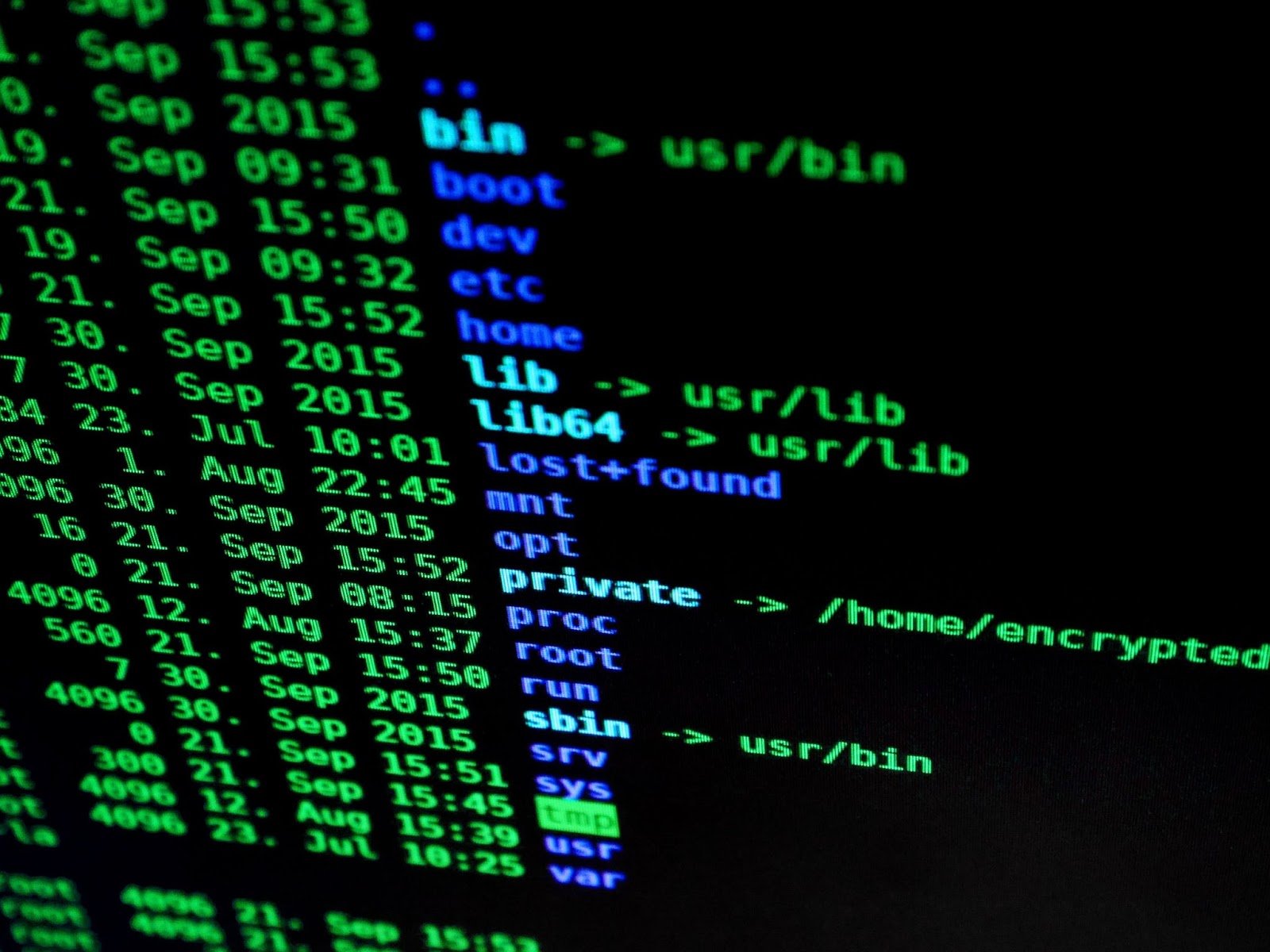Akira Ransomware Gang Targets Linux Servers, Extorts $42 Million

The Akira ransomware group has extorted approximately $42 million from over 250 victims since January 1, 2024. The group initially focused on Windows systems but later shifted its attention to Linux servers, mainly targeting VMware ESXi virtual machines. The ransomware leverages different methods for initial access to target networks, such as exploiting known flaws in Cisco appliances, spear phishing, and abusing VPN services lacking multi-factor authentication protections. It also utilizes various tools for setting up persistence, privilege escalation, and lateral movement within networks.
What Are the Implications of This Threat for Linux Admins & Users?
 The ransomware's sophisticated attack techniques include exploiting known vulnerabilities in Cisco appliances and employing advanced hacking tools like Mimikatz and LaZagne for credential scraping and privilege escalation. The evolution of the Akira ransomware group to target Linux servers, a domain traditionally considered more secure, raises thought-provoking questions about the effectiveness of current security measures for Linux systems. This evolution reflects a trend where ransomware groups adapt and innovate to overcome evolving defensive strategies.
The ransomware's sophisticated attack techniques include exploiting known vulnerabilities in Cisco appliances and employing advanced hacking tools like Mimikatz and LaZagne for credential scraping and privilege escalation. The evolution of the Akira ransomware group to target Linux servers, a domain traditionally considered more secure, raises thought-provoking questions about the effectiveness of current security measures for Linux systems. This evolution reflects a trend where ransomware groups adapt and innovate to overcome evolving defensive strategies.
Furthermore, this discovery presents a critical implication for security practitioners, emphasizing the need for continual vigilance and proactive measures to secure both Windows and Linux environments. For Linux admins and infosec professionals, this underscores the necessity of staying abreast of vulnerabilities and security best practices to protect against such sophisticated threats. Using a "Bring Your Own Vulnerable Driver (BYOVD) attack" to evade detection highlights the need for thorough and proactive vulnerability management to mitigate the risk of such attacks.
The relationship between the Akira ransomware group and the defunct Conti ransomware gang should be noted. This raises concerns about potential collaborations or knowledge sharing between threat actor groups. It points to the interconnected nature of the cyber threat landscape and the necessity of a collective, coordinated response from the cybersecurity community to combat such threats effectively.
Additionally, the mention of the struggles of the LockBit ransomware group post-law enforcement takedown highlights the potential ripple effects of successful disruption operations against ransomware groups, prompting users and admins to consider the long-term impacts of such interventions on the threat landscape.
Our Final Thoughts on This Linux Ransomware Threat
As security practitioners, this threat is a stark reminder of ransomware's evolving and adaptive nature and the critical importance of a proactive, multi-layered security approach to defend against it. The evolving tactics of the Akira ransomware group and its targeting of Linux servers emphasize the need for continuous learning, adaptive defenses, and a comprehensive security strategy. This article presents critical insights that Linux admins, infosec professionals, and sysadmins must carefully consider to safeguard their organizations' systems and data against evolving ransomware threats.


















